Optimal Timing for Foundation Repairs
Foundation repairs are most effective when performed during specific times of the year, depending on weather conditions and soil stability. Proper timing can help ensure the longevity of repairs and prevent further damage.
Spring offers moderate temperatures and soil conditions that facilitate effective foundation repair work. However, heavy rains can sometimes delay projects.
Summer provides warm, dry weather ideal for foundation work. High temperatures, however, may require adjustments to work schedules.
Fall can be suitable due to cooler temperatures and reduced rainfall, but early frost can limit excavation and other outdoor work.
Winter is generally not recommended due to freezing temperatures and frozen ground, which can hinder excavation and setting of repairs.
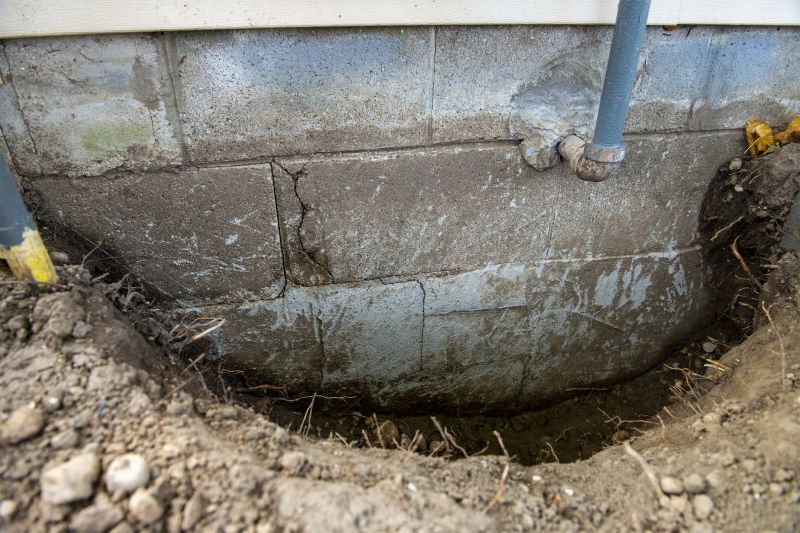
Cracks in foundations can be stabilized more effectively during dry weather conditions.
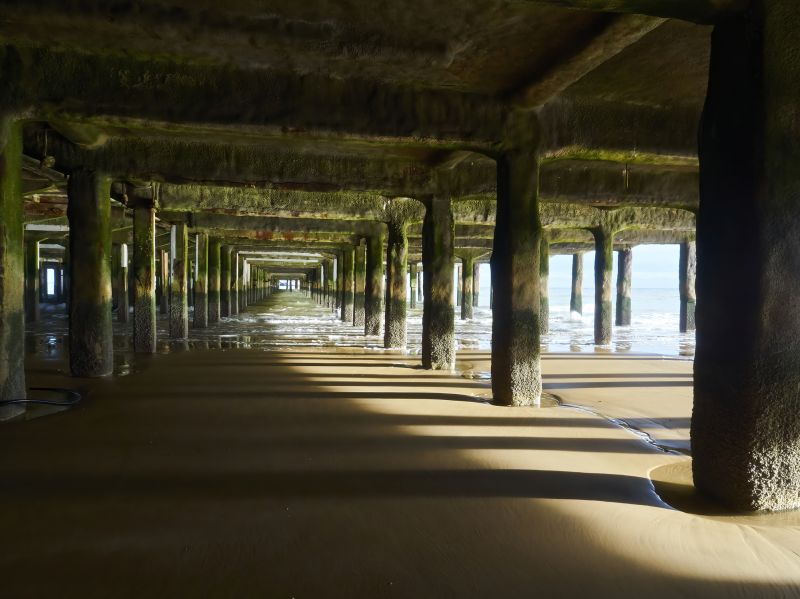
Pier and beam repairs are best performed when the ground is not saturated with moisture.

Soil stabilization techniques are most effective when soil conditions are stable and not affected by excessive moisture.

Installing drainage systems during dry periods prevents water accumulation that can cause foundation issues.
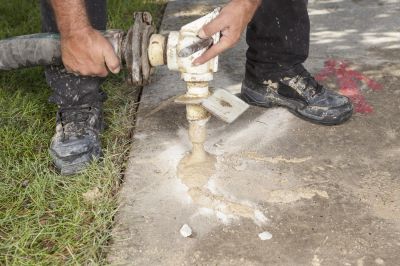
Concrete lifting is optimal during warm weather to ensure proper curing and setting.
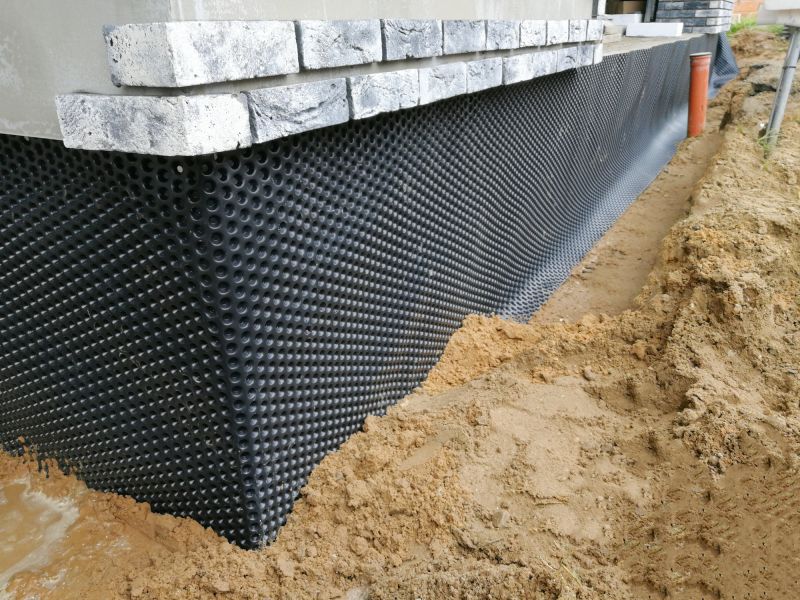
Waterproofing is most effective when soil moisture levels are manageable and not at peak saturation.
| Season | Ideal Conditions |
|---|---|
| Spring | Moderate temperatures, manageable soil moisture |
| Summer | Warm, dry weather, high soil stability |
| Fall | Cooler temperatures, reduced rainfall |
| Winter | Not recommended due to freezing temperatures |
Foundation repairs address issues such as cracking, settling, and shifting that can compromise structural integrity. These problems often result from soil movement, moisture fluctuations, and poor construction practices. Timely repairs help prevent further damage, reduce long-term costs, and preserve property value. According to industry estimates, untreated foundation issues can lead to significant structural damage, with repair costs increasing substantially over time. Proper timing of repairs ensures optimal conditions for materials to set and adhere properly, improving durability and effectiveness.
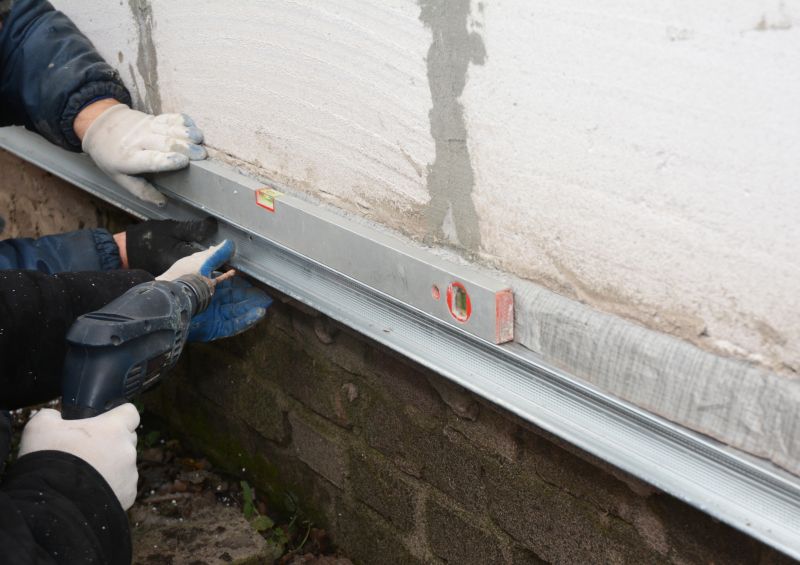
Stabilization techniques are most successful during periods of soil stability.

Piering provides support and is most effective during dry, warm weather.
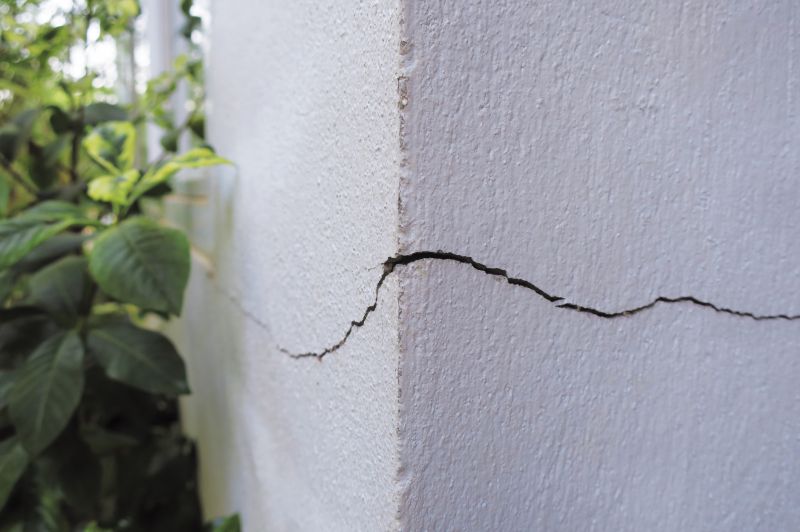
Injecting cracks is best performed when the foundation is dry and accessible.
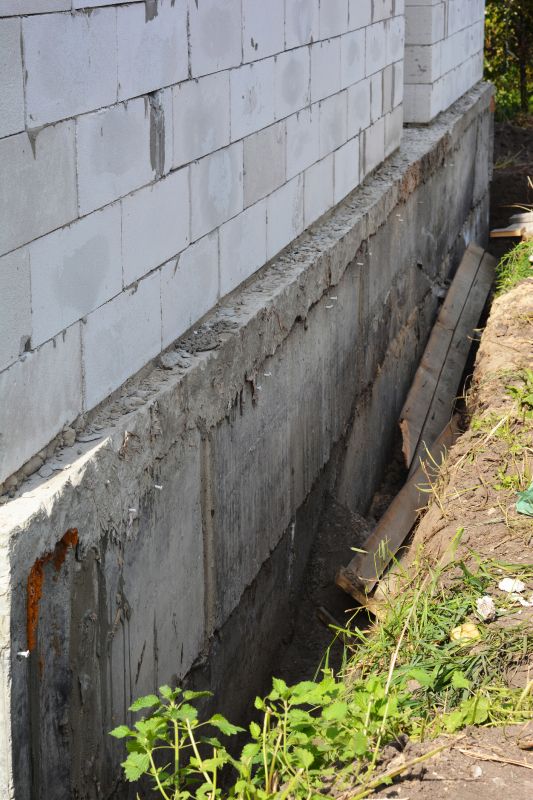
Relieving soil pressure is most effective when soil moisture levels are controlled.
Choosing the right time for foundation repairs can significantly influence the outcome and longevity of the work. Consulting with foundation specialists can help determine the most suitable period based on local climate and soil conditions. Proper planning ensures repairs are performed under optimal conditions, reducing the risk of future issues and enhancing structural stability.
Interested property owners in Alpena, MI, can contact professionals to assess their foundation issues and schedule repairs during the most appropriate season. Timely action can prevent costly future repairs and maintain the safety and stability of the property.

